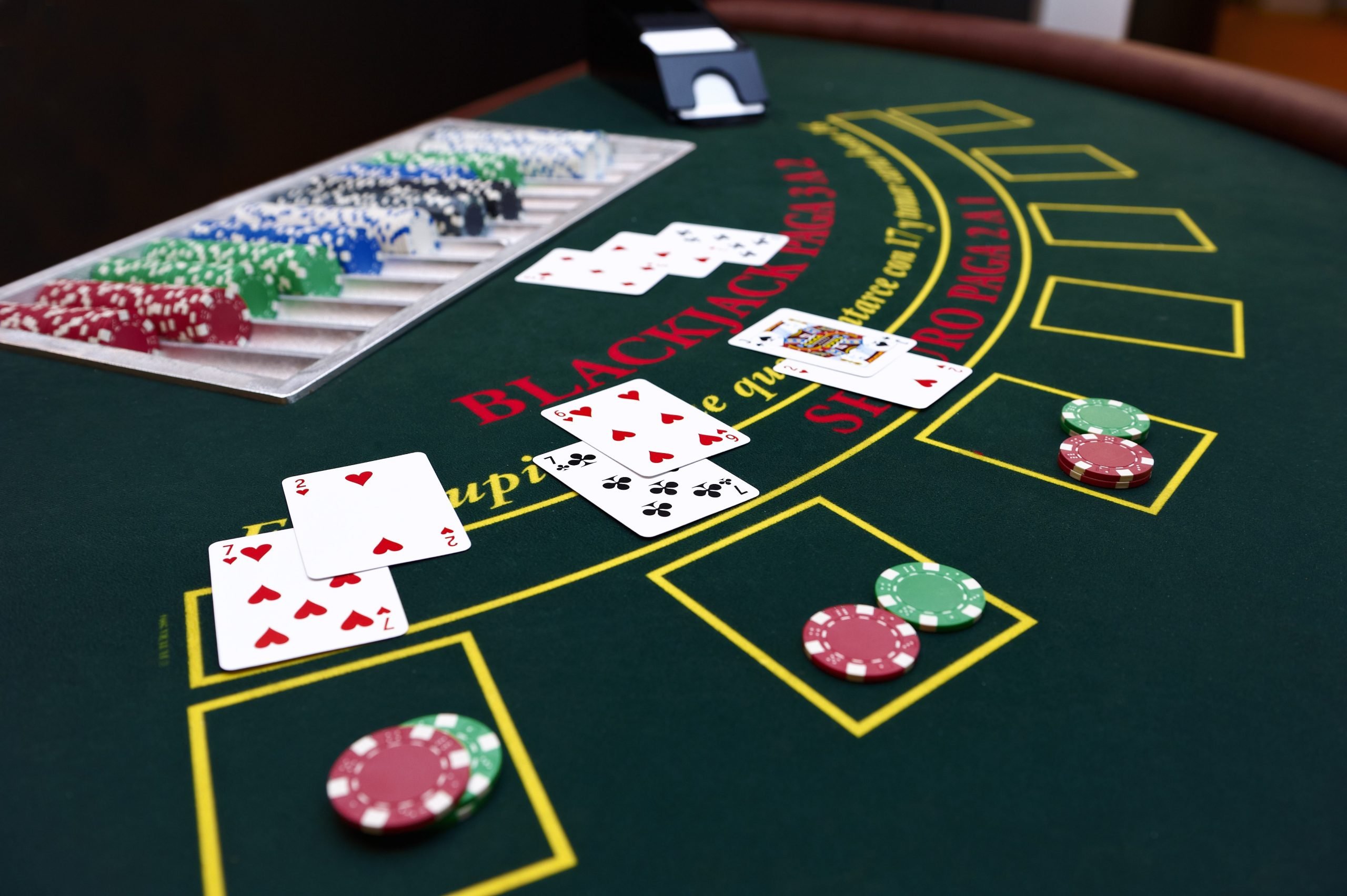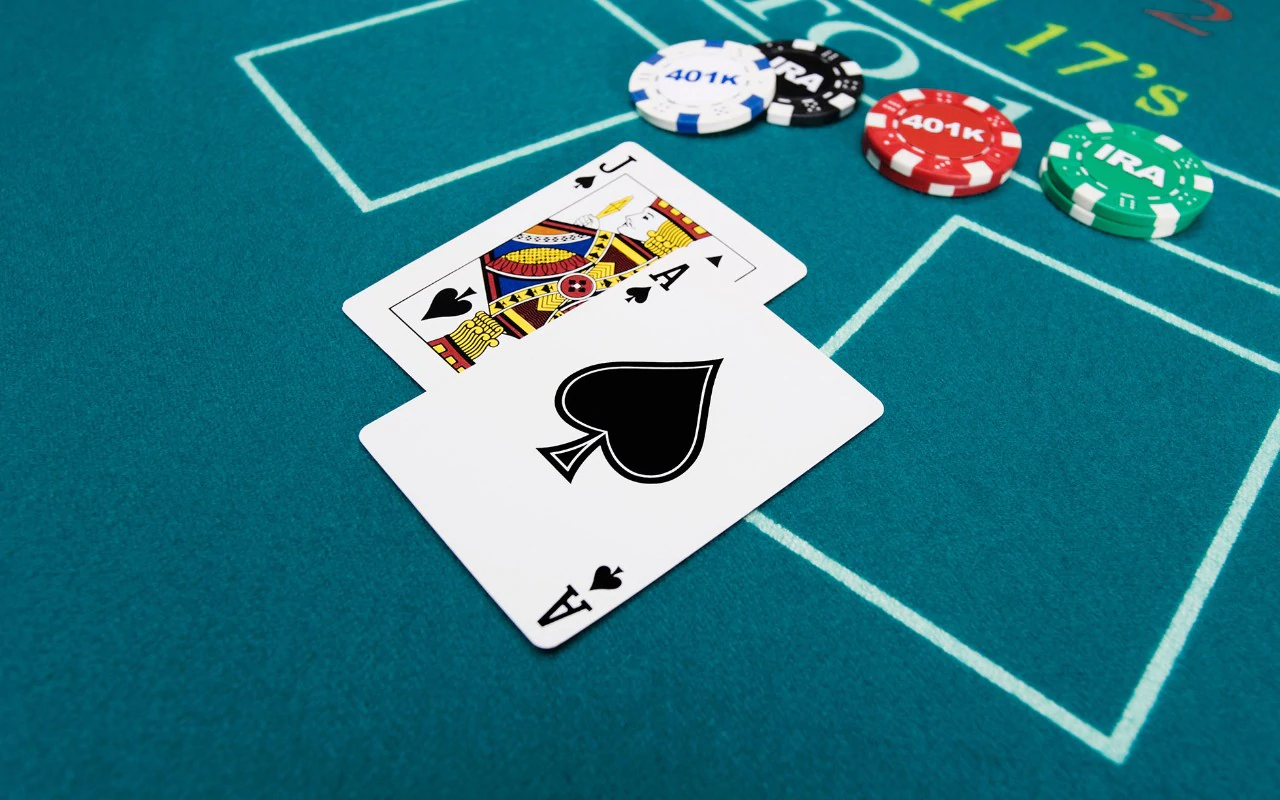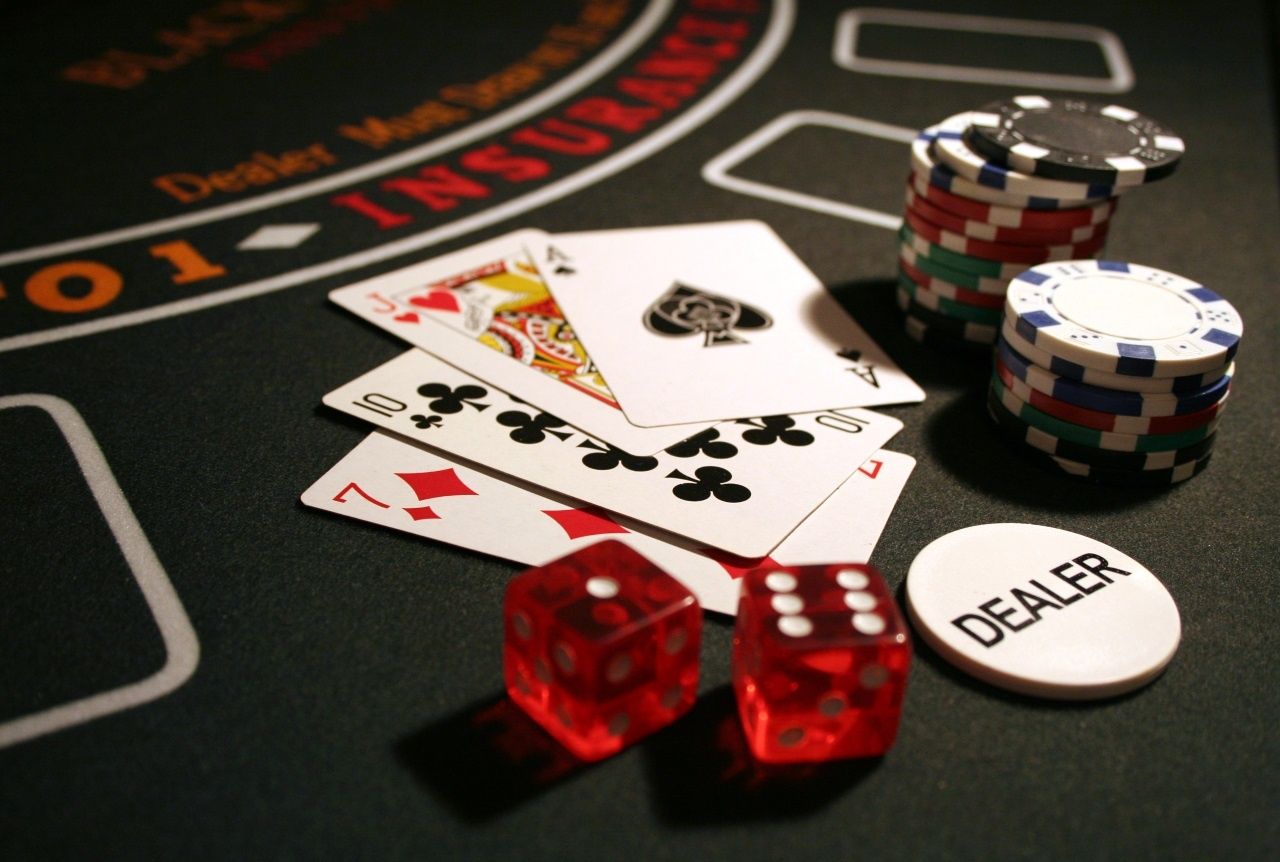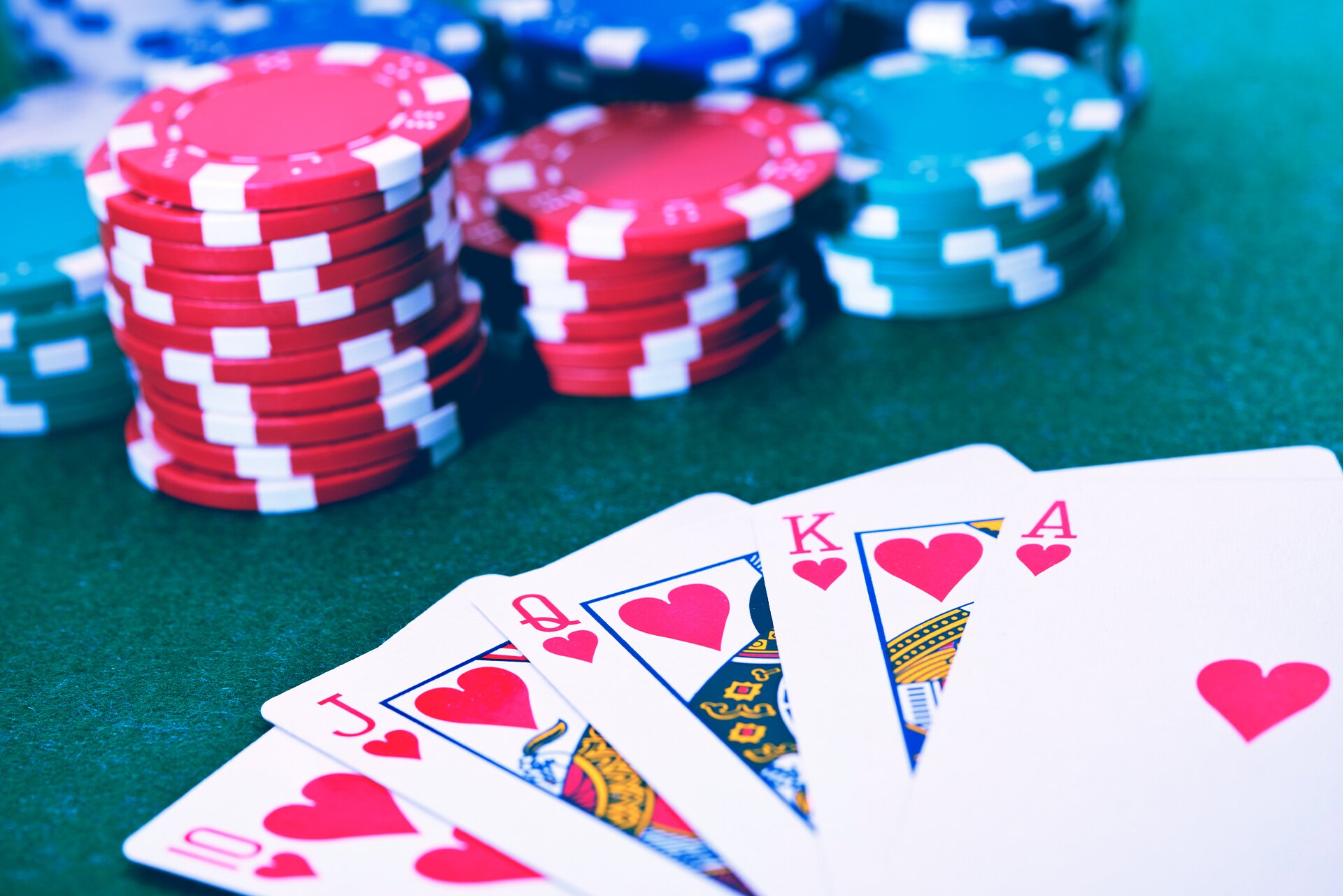Introduction
What Does 21+3 Mean In Blackjack: In the world of casino gambling, blackjack is a classic card game that has captured the hearts of players for decades. It offers a perfect blend of skill, strategy, and luck, making it one of the most popular table games in casinos worldwide. Over the years, different variations and side bets have emerged to add more excitement and thrill to the traditional blackjack experience. One such side bet that has gained popularity is “21+3” in blackjack.
21+3, also known as “21 Plus 3,” is a unique side bet that combines the elements of blackjack with the poker-style hand rankings. This side bet allows players to wager on the combination of their two initial cards and the dealer’s face-up card to form a poker hand. It offers an additional opportunity for players to win, independent of the outcome of the main blackjack game.
The concept of 21+3 adds an extra layer of strategy and anticipation to the game. Players must not only focus on their blackjack hand but also consider the possibilities of forming poker hands with the three cards. The side bet has gained popularity for its simplicity and the potential for significant payouts with certain poker hands.
We will explore the mechanics and rules of 21+3 in blackjack, the different poker hand combinations, and the payouts associated with this exciting side bet. Understanding the intricacies of 21+3 will empower players to make more informed decisions and enhance their overall blackjack experience in the casino.
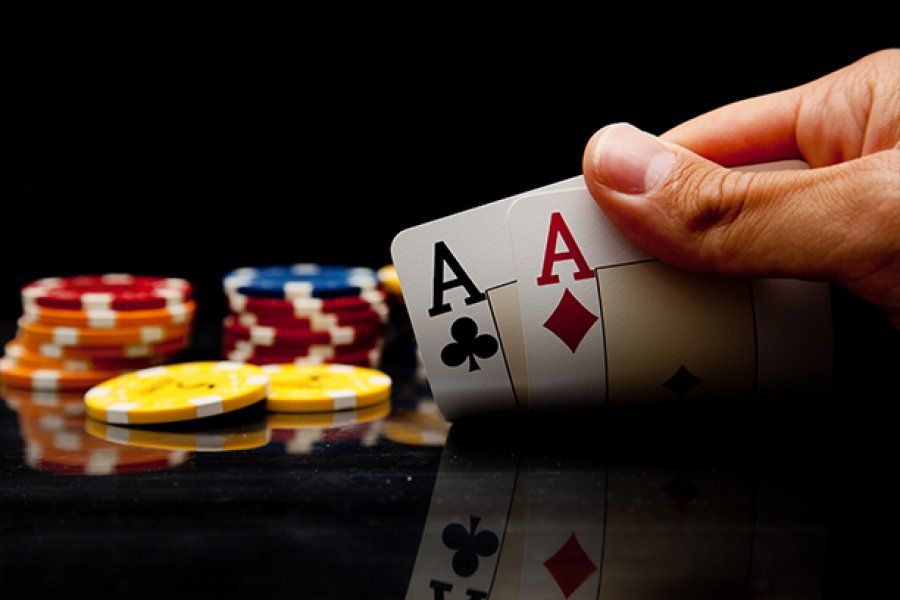
How does 21 3 work in blackjack?
In the 21+3 blackjack side bet you bet on whether the first two cards of your hand and the dealer’s face-up card combine to make one of the three-card poker hands below: Flush – Three cards in the same suit. Straight – Three cards of consecutive values, such as 2-3-4. Aces can be high or low.
In blackjack, “21+3” is a popular side bet that combines elements of the traditional blackjack game with poker-style hands. It adds an extra layer of excitement to the game by allowing players to bet on the combination of their two initial cards and the dealer’s face-up card to form a poker hand.
To participate in the 21+3 side bet, players place their chips in the designated betting area before the dealer distributes the cards. The side bet is entirely separate from the main blackjack game, so players can place it regardless of their blackjack hand.
Once the cards are dealt, the side bet is settled based on the poker hand formed by the player’s two initial cards and the dealer’s upcard. The winning poker hands and their corresponding payouts typically follow standard poker hand rankings, such as three of a kind, straight, flush, and so on.
The specific rules and payouts for the 21+3 side bet can vary between casinos, so it’s essential for players to check the table layout or ask the dealer about the payouts before placing their bets.
While the 21+3 side bet can add an extra thrill to the blackjack game, it’s important to remember that it is entirely optional and separate from the main objective of beating the dealer’s hand in blackjack. As with any side bet, players should be cautious and only wager amounts they are comfortable with, as the odds of hitting specific poker hands can be relatively low.
What is top 3 in blackjack 21 3?
Top 3 is a second optional proposition wager with 21+3, where you can receive large payouts on a three of a kind, a straight flush, and three of a kind suited. See posted paytable for payouts and minimum/maximum betting limits. Top 3, just like 21+3, has no effect on your main blackjack bet.
In blackjack, “Top 3” is another popular side bet that combines the traditional blackjack game with poker-style hands. It is also known as “21+3 Top 3” or simply “Top 3.” Similar to the 21+3 side bet, Top 3 allows players to wager on the combination of their two initial cards and the dealer’s face-up card to form a poker hand.
To participate in the Top 3 side bet, players place their chips in the designated betting area alongside their regular blackjack bet before the dealer distributes the cards. Like the 21+3 side bet, the Top 3 side bet is separate from the main blackjack game and has its own set of payouts based on poker hand rankings.
The objective is to create the best possible poker hand using the player’s two cards and the dealer’s upcard. Common winning poker hands in Top 3 include three of a kind, straight flush, and three suited cards. Payouts for these poker hands can vary between casinos, so players should check the table layout or ask the dealer for the specific payout details.
As with any side bet in blackjack, the Top 3 side bet adds an extra layer of excitement and potential winnings to the game. However, players should be aware that side bets generally have higher house edges compared to the main blackjack game. It’s essential to approach side bets like Top 3 with caution and only wager amounts that are within one’s comfort zone and budget. As always, responsible gambling is advised for an enjoyable and safe gaming experience.
Who wins blackjack or 21?
A blackjack beats any hand that is not a blackjack, even one with a value of 21. Wins are paid out at even money, except for player blackjacks, which are traditionally paid out at 3 to 2 odds. Many casinos today pay blackjacks at less than 3:2.
In the context of casino gambling, “blackjack” and “21” typically refer to the same game. Both terms are used interchangeably to describe a popular card game played in casinos worldwide.
Blackjack, also known as 21, is a comparing card game between a player and a dealer. The objective of the game is to have a hand value that is closer to 21 than the dealer’s hand without exceeding 21. Each card in the deck has a specific value: numbered cards are worth their face value, face cards (i.e., jacks, queens, and kings) are worth 10, and aces can be worth either 1 or 11, depending on which value benefits the player’s hand the most.
The best possible hand in blackjack is an ace paired with a ten-value card (10, jack, queen, or king), which results in an automatic win known as a “blackjack.” If a player or the dealer achieves a blackjack, they are paid out immediately, usually at a higher payout rate, such as 3 to 2.
In all other cases, the player’s hand is compared to the dealer’s hand, and the hand closer to 21 without exceeding it wins. If the player’s hand exceeds 21, they “bust,” and the dealer automatically wins. If the dealer busts, the player wins.

Do you hit a 12 against a 3 in blackjack?
It is common practice to hit on eight or less, but stand on anything 12 or higher. When the dealer has a three, you should hit on anything eight or below and 12, while standing on anything 13 or over.
In blackjack, the decision to hit or stand with a hand of 12 against a dealer’s 3 is a common and crucial strategy that can significantly impact the player’s chances of winning the hand.
In this scenario, the player has a hand with a total value of 12, which is considered a “stiff” hand. The dealer’s upcard is a 3, which is considered one of the weaker cards for the dealer.
The general strategy in blackjack is to play against the dealer’s upcard, taking into account the probabilities of different outcomes. When the dealer’s upcard is a 3, they have a higher chance of busting (exceeding 21) because they must hit until they reach a total of at least 17. As a result, many players choose to stand with a hand of 12 against a dealer’s 3, assuming that the dealer will likely bust.
Ultimately, the decision to hit or stand with a 12 against a dealer’s 3 can vary based on the specific blackjack rules and the player’s risk tolerance. Some players may choose to follow basic strategy and hit, while others may opt to stand, particularly if they prefer a more conservative approach to the game. Understanding and employing basic blackjack strategy is essential for maximizing the player’s chances of success in the long run.
Is 21 an automatic win in blackjack?
A two-card hand of 21 (an ace plus a ten-value card) is called a “blackjack” or a “natural”, and is an automatic winner. A player with a natural is usually paid 3:2 on his bet.
Yes, in traditional blackjack, getting a total hand value of 21 on the first two cards dealt is considered an automatic win, and this hand is called a “blackjack.” A blackjack is the best possible hand in the game, and it cannot be beaten by any other combination of cards. The hand consists of an ace and a ten-value card (10, jack, queen, or king).
When a player is dealt a blackjack, they are typically paid out immediately, usually at a higher payout rate compared to other winning hands. The standard payout for a blackjack is 3 to 2, which means that if a player bet $10, they would receive $15 in winnings, in addition to getting their original $10 bet back.
It’s important to note that a blackjack only occurs on the first two cards dealt. If a player or the dealer achieves a hand value of 21 after drawing additional cards, it is not considered a blackjack and does not receive the special payout. The regular payout for a standard winning hand in blackjack is 1 to 1, which means the player receives an equal amount to their original bet as winnings.
Blackjack is a classic and popular casino game that offers a combination of skill and luck. Achieving a blackjack is a thrilling moment for players, as it provides an instant win and demonstrates a strong understanding of basic blackjack strategy.
What is 2 aces in blackjack?
A pair of aces gives the blackjack player a starting hand value of either a 2 or a soft 12 which is a problematic starting hand in either case. Splitting aces gives a player two chances to hit 21.
In blackjack, having two aces in your hand is a favorable and valuable situation. Aces are special cards in the game as they can be counted as either 1 or 11, depending on which value benefits the player’s hand the most. When you are dealt two aces, you have the flexibility to use them in a way that gives you the best chance of winning.
With two aces, you have a couple of strategic options:
1. You can count one ace as 11 and the other as 1, giving you a total hand value of 12. This is a common approach when the dealer’s upcard is weak, such as a 4, 5, or 6. It allows you to take a hit and draw an additional card without the risk of busting (exceeding 21) immediately. This is because if you draw a 10-value card, you can use the other ace as 1, resulting in a hand value of 12.
2. If the dealer’s upcard is strong, like a 9, 10, or an ace, you may choose to split the aces. Splitting allows you to create two separate hands, each with one of the aces as the starting card. You then play each hand independently and have the opportunity to improve your chances of getting a high-value hand.
Regardless of the strategy you choose, having two aces gives you a strong starting point in blackjack and sets you up for potentially winning hands, especially if used wisely in combination with the dealer’s upcard and your overall strategy.
Is ace 11 or 1 in blackjack?
An Ace will have a value of 11 unless that would give a player or the dealer a score in excess of 21; in which case, it has a value of 1. The dealer starts the game. Every player gets 2 cards, face up. The dealer gets 2 cards, with a Hole Card (1 card face down).
In blackjack, an ace can be counted as either 1 or 11, depending on which value benefits the hand the most without exceeding 21. This flexibility is what makes the ace such a valuable and significant card in the game.
When the ace is counted as 11, it gives the player more room to improve their hand without the risk of busting (exceeding 21) immediately. For example, if a player has an ace and a 7 (a total of 18), counting the ace as 11 allows the hand to be considered as a “soft 18.” Soft hands are advantageous because if the player draws a card with a value that would cause a bust, they can simply count the ace as 1, transforming the hand into a “hard” total of 8.
The decision of how to count the ace is crucial and dependent on the other cards in the hand and the dealer’s upcard. Experienced blackjack players use basic strategy charts to guide their decisions on whether to count the ace as 1 or 11 in different scenarios.
What does 10 20 mean in blackjack?
Summary. Ten-Twenty is a blackjack side bet that pays when the player’s first two cards add up to a total of 10 or 20. The bet pays 22-to-1 for a player pair of 5’s, 10-to-1 for any other two cards that add up to ten, and 3-to-1 for any two cards that add up to twenty. For a 6-deck shoe game, the house edge is 5.39%.
In blackjack, “10-20” does not have a specific meaning or significance as a term or phrase in the game. It is possible that you might have seen or heard this combination in a different context, but within the rules and terminology of blackjack, “10-20” does not represent any particular hand or action.
In blackjack, the objective is to have a hand value as close to 21 as possible without exceeding it. A hand with a total value of 21 on the first two cards dealt is called a “blackjack,” which is the best possible hand in the game. On the other hand, a hand value exceeding 21 results in a “bust,” and the player loses the hand.
The value of the hand is determined by adding up the numeric values of the cards in the hand. Numbered cards (2 through 10) are worth their face value, face cards (jack, queen, king) are worth 10, and aces can be worth either 1 or 11, depending on which value benefits the hand the most.

Conclusion
21+3 is an intriguing and popular side bet in blackjack that adds a new dimension of excitement and potential winnings to the traditional card game. By combining the elements of blackjack with poker-style hand rankings, this side bet offers players an opportunity to showcase their strategic skills and win big.
The concept of 21+3 is relatively straightforward yet engaging. Players place a separate bet on the combination of their two initial cards and the dealer’s face-up card to form a poker hand. The objective is to create a winning poker hand using the three cards, independent of the outcome of the main blackjack game.
The side bet opens up numerous possibilities for players, as it allows them to form various poker hands, including three of a kind, straight flush, flush, and more. Each poker hand has its corresponding payout, offering players the potential for substantial winnings.
While the allure of the 21+3 side bet is enticing, players should approach it with caution and recognize that it is entirely optional and separate from the main blackjack game. As with any side bet in a casino, there is a higher house edge, meaning the odds are slightly in favor of the casino. Therefore, it’s essential for players to play responsibly and within their budget, enjoying the excitement of 21+3 while being aware of the potential risks.
Understanding the rules and payouts of 21+3 in blackjack provides players with an enhanced gaming experience. Whether they choose to place the side bet or stick to the traditional blackjack game, players can enjoy the thrill of the casino while testing their skills and luck at the table. As with any casino game, the primary goal is to have fun while exercising prudent gambling practices.


